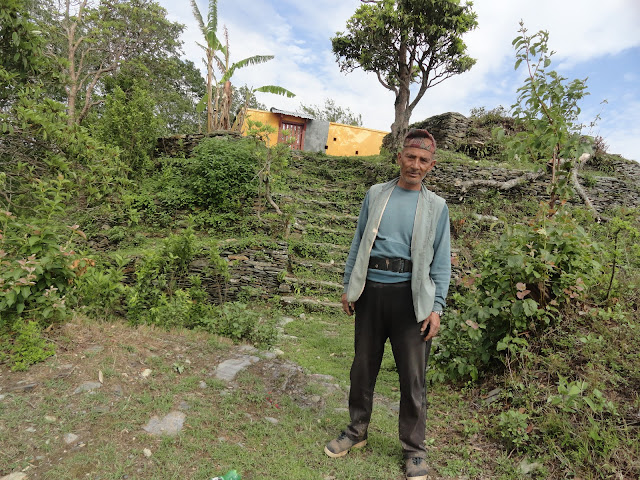स्वतन्त्र विश्वकोश, नेपाली विकिपिडियाबाट नेपालको भाषा आधिकारिक भाषा हरु नेपाली (गोर्खाली) [१] क्षेत्रीय भाषा हरु सम्मिलित मैथिली , नेपाल भाषा (नेवारी), थारु , गुरूङ , तामाङ , मगर , शेर्पा , किराँती , भोजपुरी तथा अन्य भाषाहरु सांकेतिक भाषा हरु नेपाली सांकेतिक भाषा झानकोट सांकेतिक भाषा , जुम्ला सांकेतिक भाषा , घान्द्रुक सांकेतिक भाषा बि.स.२०६८ को राष्ट्रिय जनगणना अनुसार नेपालमा १२३ भाषाहरु मातृभाषा (पहिलो भाषा)को रुपमा बोल्ने गरिन्छ । [२] अधिकांशरुपमा नेपालमा भारोपेली तथा चीनीया-तिब्बती भाषा परिवारका भाषा बोल्ने गरिन्छ । नेपालको सरकारी कामकाजको भाषालाई नेपाली हो जसलाई विगतमा गोर्खाली वा खसकुरा भन्ने गरिन्थ्यो । बि.स.२०६८ को राष्ट्रिय जनगणना अनुसार, मातृभाषाका रूपमा नेपाली भाषा बोल्ने भाषीको प्रतिशत ३४.३६% रहेको छ भने बैतडेली भासा बोल्ने संख्या ४९.५६ छ।। [३] नेपाल सानो देश भए पनि यहाँ धेरै विविधता छ । यहाँ धेरै जात-जाती, समुदाय, धर्मका मानिषहरू बसोबास गर्छन । सबै सम...


Comments
Post a Comment